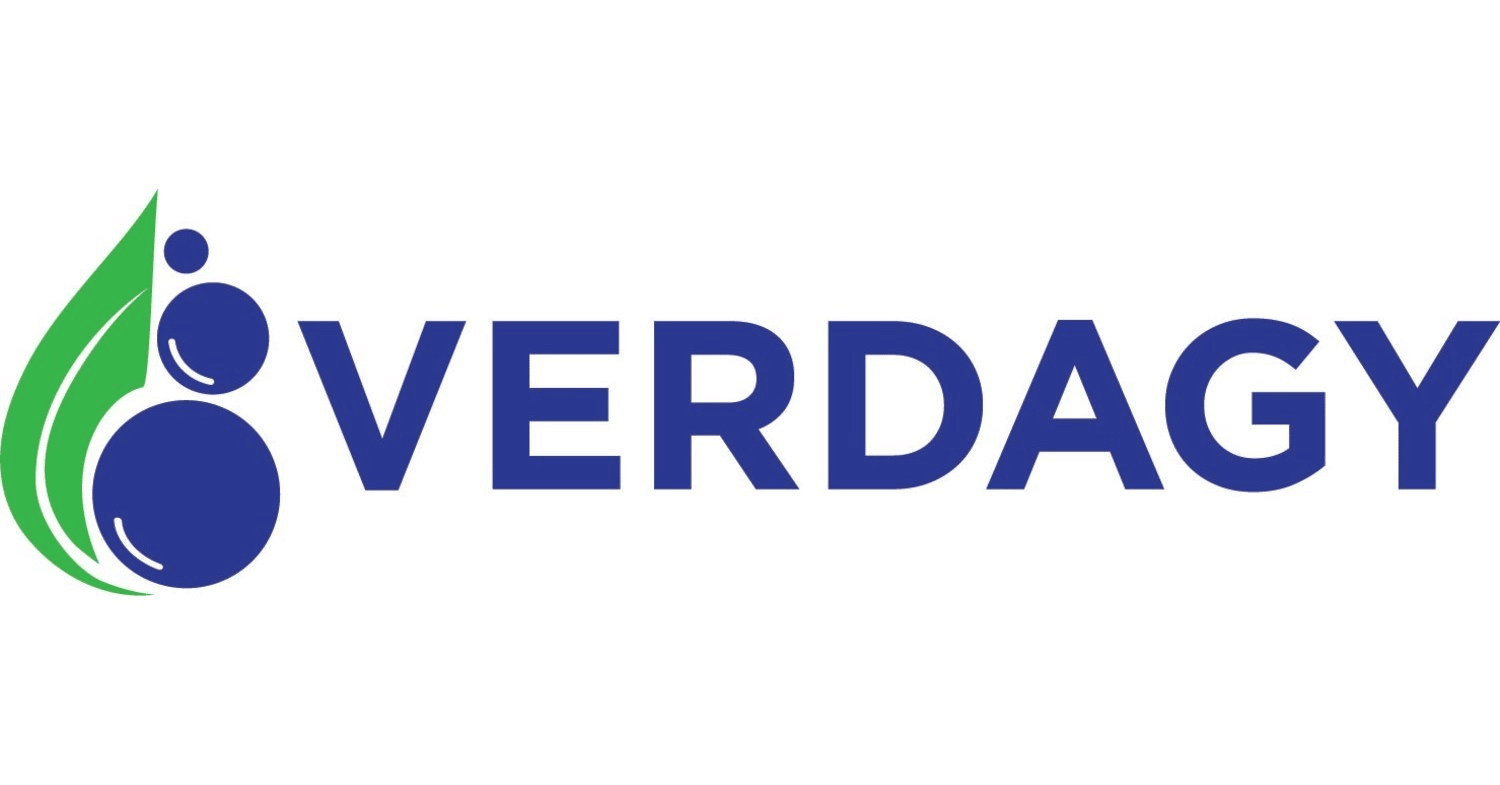Building value in electrochemistry and materials processing
We have recently made significant investments in advanced manufacturing technology and increased production capacity. The activities are suitable for continued international growth in selected markets and defined product platforms.
Permascand is rated AAA by Soliditet. Triple A is the highest possible rating with an exceptional degree of creditworthiness.
International network of qualified partners
For many years, Permascand has had close co-operation with international engineering companies and universities. We make our extensive expertise available to customers to support their business and operational goals. Through our network of highly qualified workshop partners, we provide support to customers all around the world.
NESI
NESI (part of NORAM Group) and Permascand both have world-class engineers and a strong entrepreneurial spirit, that becomes a unique combination when we work with one another in concrete collaboration. Our common trademark Norscand®, a novel multi-compartment electrolysis cell specifically designed for salt splitting of brines, is now ready for the market.
Glencore Nikkelverk AS
Glencore Nikkelverk AS. Permascand has been continuously involved in the development of anode technologies for their chlorine-based processes since the 1970s. Over the years, solutions have been developed and implemented that both reduce energy consumption and provide higher purity nickel.
RES
RES – an independent developer of renewable energy and energy storage – for the co-development of a commercial research center in the green hydrogen plant RES are developing in Alby, Ånge Municipality, Sweden.

